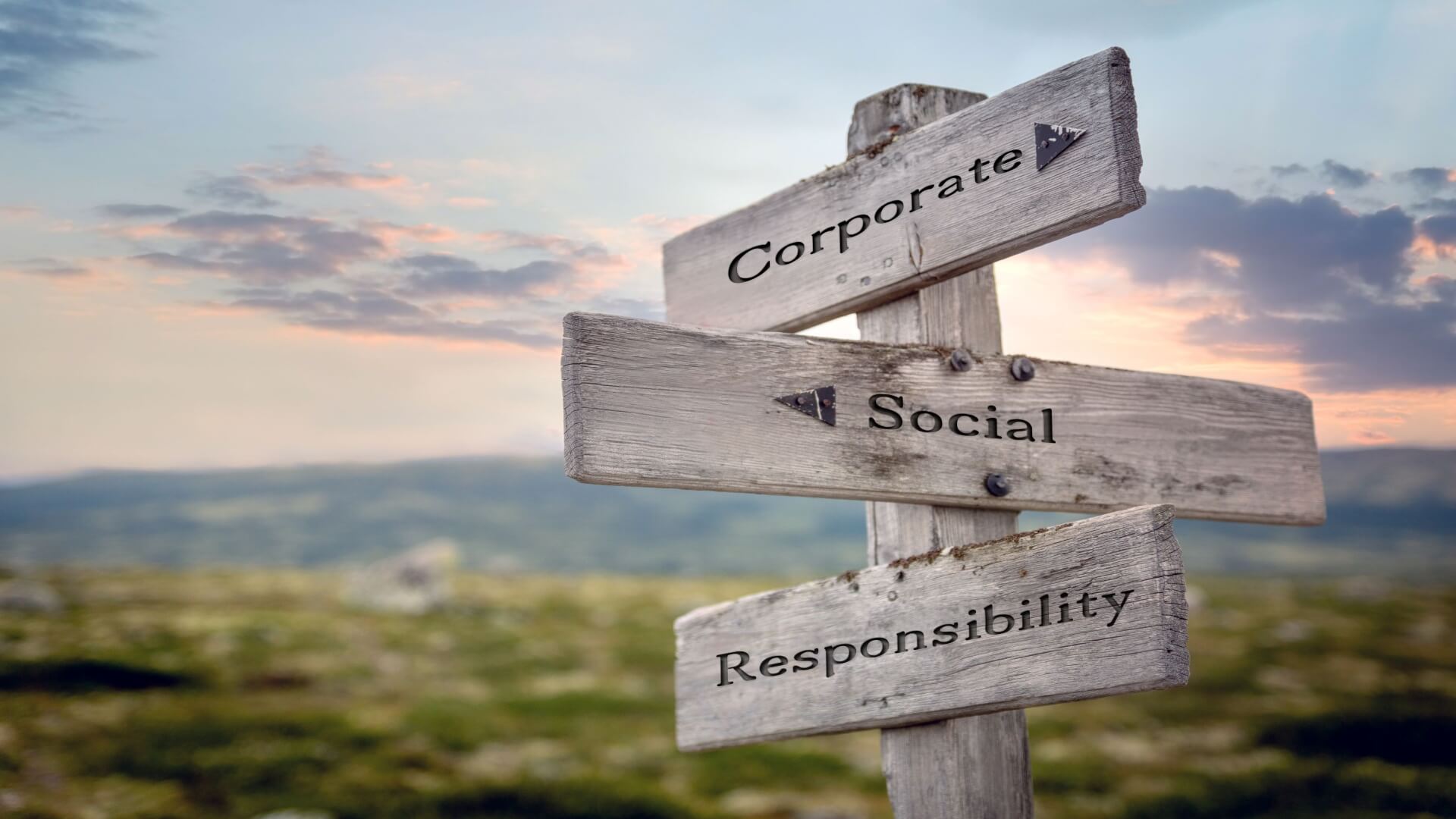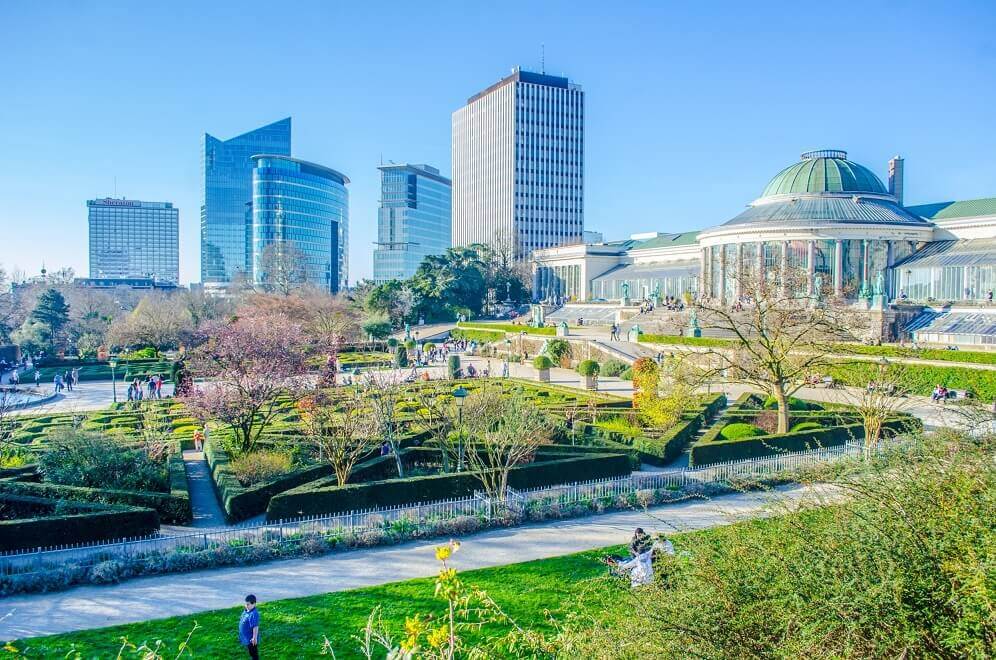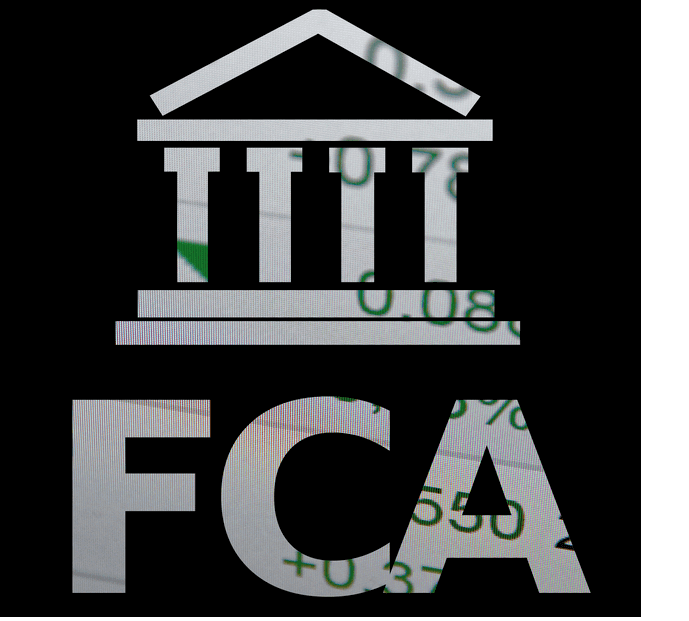
Corporate social responsibility (CSR) can take many forms. While many firms are focusing on reducing their carbon footprint and working to achieve net zero, others are intent on giving back to the community, especially those who suffered from a natural disaster.
When disaster strikes, people affected must come to terms with the losses incurred and start a long journey to recovery. At this time, a CSR program can take effect and respond to calls for help.
However, it’s an undertaking that needs the strategic organization of resources to reach the people who need support. You must consider the human resources you’ll deploy to handle the pressure. You must allocate additional budgets to ensure that the affected people get much-needed help and that employees deployed have a place to operate the program. For instance, you may need to invest in a military shelter system.
Here are reasons CSR is an essential consideration during a disaster.
1. Network Building Opportunity
No preparations will be enough to stop a disaster from happening. You can only deal with the aftermath by reducing the suffering of affected people. So, developing a plan to reach out and assist effectively where possible is imperative.
Conducting a CSR program will expose you to others working for the same goal. You’ll find organizations specializing in disaster management to teach you the necessary skills. Not only will you build a network, but you’ll learn how to prepare for disasters in the future.
2. Philanthropy
During disasters, people incur huge losses, which can be fatal for those in extreme areas. The experience can be traumatic for the survivors. At this point, donating your time and resources can help turn things around for the affected people. You can devote yourself to helping others by attending to their calls for help.
Moreover, it can create an opportunity to form a partnership with support foundations, such as Red Cross, with an established disaster response unit. You’ll be sure that your donations reach the affected people.
3. Community Support And Relief
CSR programs are community-centric since they entail giving back to needy people. When a disaster happens, the scope widens, and you reach out to more people than anticipated. Your primary goal is to alleviate the suffering within the community.
The support, in this instance, can be financial. You can also offer to counsel the victims to ensure they’re not severely affected by the adversities. Another way to show community support is by providing labor to remove debris and rebuild the homes or property damaged during the disaster.
4. Sensitization Through Education
Many people suffer significant losses during disasters due to a lack of information. CSR can be a training tool to sensitize the threats to livelihood. It can also teach survival tactics needed to overcome the challenging situations caused by disasters. For instance, people living in areas that experience extreme weather can learn what to do when disaster strikes through CSR.
The CSR program can be a continuous activity to keep the community alert. You can use assimilation exercises to instill the need for safe practices, such as avoiding risks during a disaster.
5. Brand Awareness
If you have a brand with no marketing plan, responding to disasters through CSR can help you create brand awareness. It might not be the ideal place to sell, but it’s one way to announce your brand’s existence.
You can give away branded items to support the community’s CSR programs and other donations in your organization. Ensure that your brand’s offering is acceptable and it can contribute toward alleviating suffering and pain.
6. Tax Avoidance
In the corporate world, taxation considers the contributions to community development as support to the government. Your organization can donate to disaster response programs and declare it when filing returns.
It’s one way your corporation can avoid paying taxes. However, you must practice proper booking and verify your community support claims.
7. Staff Engagement
Running a CSR program during disasters can be a perfect solution if you’re looking for ways to increase staff engagement. People can donate their time and resources through volunteer work at shelters provided for victims of disasters. It’s imperative to let the staff suggest when they can join the CSR programs.
Conclusion
Nobody knows when a disaster will strike, but it is crucial always to offer a helping hand. Corporate social responsibility is one of the best ways to support the community. You can volunteer to alleviate pain and suffering and enable people to bounce back from damage and losses they incur. Consider partnering with organizations specializing in disaster management and donating your time and resources to a good cause.





















